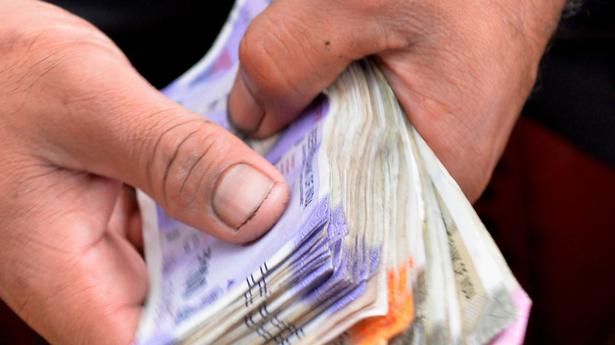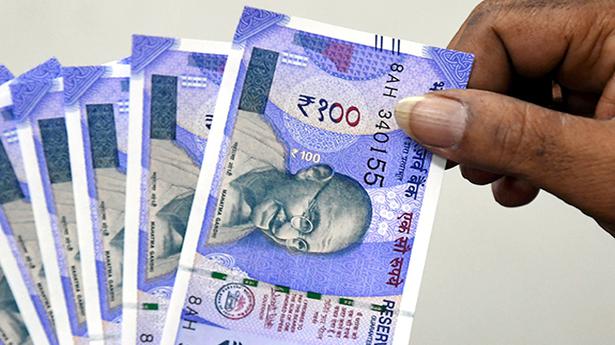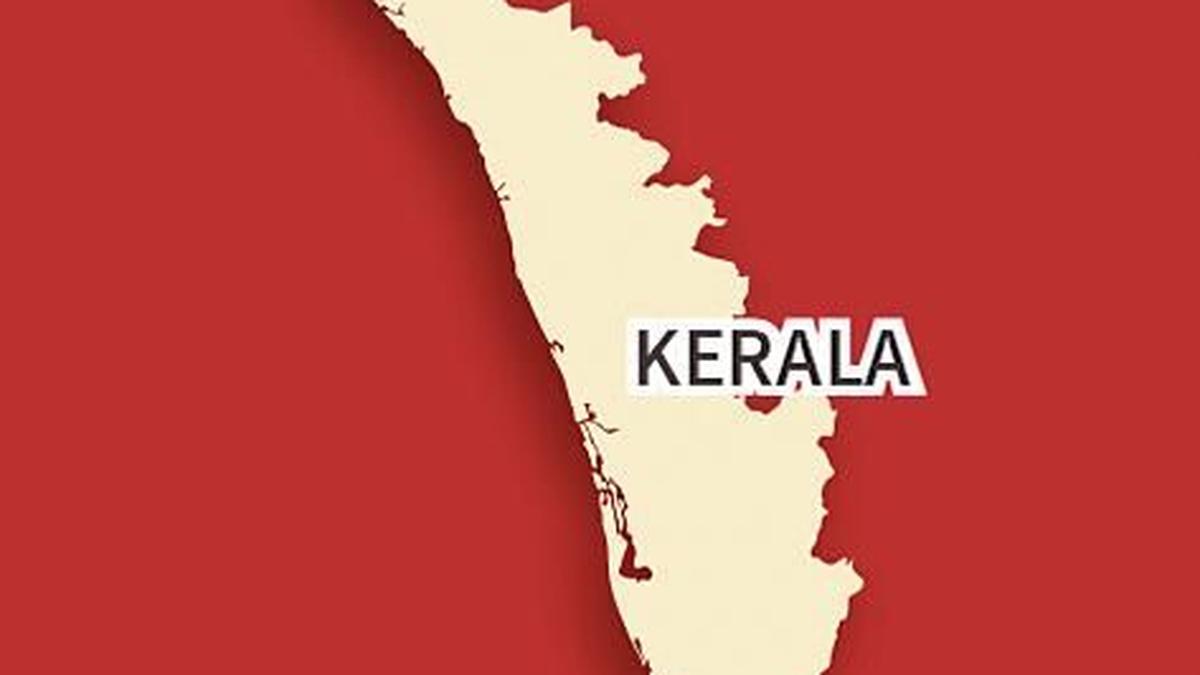Persistent foreign fund inflows into capital markets, softening crude oil prices and a weak U.S. dollar in the global markets boosts the local currency
Persistent foreign fund inflows into capital markets, softening crude oil prices and a weak U.S. dollar in the global markets boosts the local currency
The rupee rallied 53 paise – its best single-day gain in more than 11 months – to close at a more than one-month high of 78.53 against the U.S. dollar on Tuesday.
Persistent foreign fund inflows into capital markets, softening crude oil prices and a weak U.S. dollar in the global markets boosted the local currency.
The rupee, which plummeted to a lifetime low of 80.06 last month, made a spirited recovery in the past four sessions as FIIs returned to capital markets and crude oil prices fell below $100 per-barrel mark.
Increased risk appetite on hopes of a slow pace of tightening by the U.S. Federal Reserve has also strengthened the rupee sentiment.
The rupee has gained 138 paise, or 1.73% against the U.S. dollar in the four days to Tuesday to regain the 78 level.
At the interbank forex market, the local unit opened strong at 78.96 against the greenback and witnessed an intra-day high of 78.49 and a low of 78.96 on Tuesday.
It finally ended at 78.53 against the American currency, a rise of 53 paise over its previous close. The rupee had closed near this level on June 27.
In the previous session, the rupee had closed at 79.06 against the U.S. dollar.
“Rupee gained strongly crossing above 78.50 on the back of dollar index weakness and crude prices falling below $95 in WTI. The range for rupee can be seen between 78.45 to 78.85,” Jateen Trivedi, VP Research Analyst at LKP Securities.
The Indian rupee has perked up to four-week highs, after seven months of successive decline as there has been a clear shift in sentiments, and investors are no longer seeking safety in the U.S. dollar, which has led to renewed inflows in the domestic markets, Sugandha Sachdeva, Vice President – Commodity and Currency Research, Religare Broking Ltd., said.
“Largely it was the tone of the Fed Chair, where he sounded less hawkish and indicated a slow pace of tightening which has improved risk appetite in the markets. Besides, there were visible signs of exhaustion in the dollar index around the 109 mark which prompted a sell-off in the greenback, while aiding the recovery rally in the Indian rupee,” Ms. Sachdeva added.
A decline in crude prices below $100 a barrel, amid weakening demand as well as a ramp-up in output from Libya, has further eased concerns about the widening current account deficit.
“The focus is now on three key events scheduled for the week -the OPEC+ meeting, RBI monetary policy outcome, and the U.S. jobs report that will provide further cues and dictate the trend for the domestic currency,” Ms. Sachdeva noted.
“Against the odds, the Indian rupee and equities outperformed in the region as foreign institutions turned into net buyers of equities and debt. The dollar-long liquidation, FPI inflows, lower crude oil prices and improvement in high-frequency data very well supported the rupee gains,” Dilip Parmar, Research Analyst, HDFC Securities, said.
Going ahead, the bias remains downward as the pair is closing below 50 days’ simple moving average and a level below 78.50 will give way for 77.60. “However, one should adjust their position as per the geopolitical updates from U.S.-China”, he added.
On the domestic equity market front, the BSE Sensex ended 20.86 points, or 0.04% higher at 58,136.36, while the broader NSE Nifty advanced 5.40 points, or 0.03%, to 17,345.45.
Brent crude futures, the global oil benchmark, fell 0.38% to $99.65 per barrel.
The dollar index, which measures the greenback’s strength against a basket of six currencies, strengthened by 0.10% to 105.55.
Foreign institutional investors were net buyers in the capital market on Tuesday, purchasing shares worth ₹825 crore, as per exchange data.






